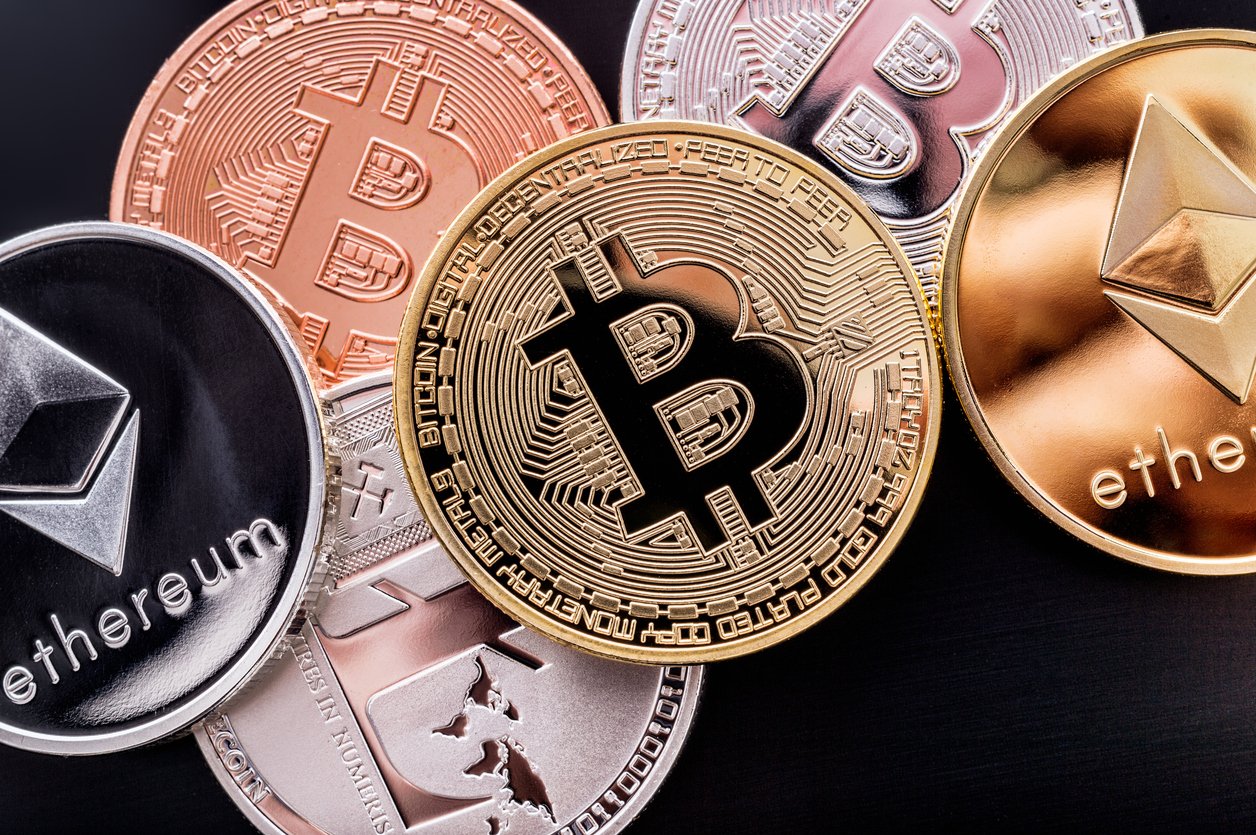
What exactly is a Bitcoin?
The Bitcoin is currently the best known crypto currency – and therefore a digital means of payment. At the same time, Bitcoin denotes the booking system on which the currency is based. The next smaller unit of the Bitcoin is the Satoshi. A Satoshi is worth one hundred millionth of a Bitcoin, i.e. exactly 0.00000001 Bitcoin. Unlike the previously dominant platform economy of the Internet, the Bitcoin is organized decentrally.
There is no central institution like a central bank. All transactions are carried out between the computers of the purchasing participants. The costs for a transaction are in principle relatively low for crypto currencies, but have recently risen sharply for bitcoins.
The goal of the Bitcoin community is to establish the Bitcoin as a worldwide, stable currency that cannot be controlled by state or private actors.
Where does the Bitcoin come from?
The Bitcoin is an invention of someone named Satoshi Nakamoto. Who exactly is behind the name is not known. There are several theories about Nakamoto’s identity, but no definitive evidence. The Bitcoin network was launched in January 2009 and went online with the creation of the first 50 Bitcoins. Since then, all of the maximum 21 million Bitcoins have been gradually produced at a slower pace. According to current estimates, the last of the 21,000,000 Bitcoins will be mined in 2140 predicts BestBitcoinCasino.org
What is the blockchain? Why should it be so revolutionary?
The blockchain is a document in which all transactions of a currency are recorded. The Bitcoin blockchain, for example, contains all transactions ever made by a Bitcoin since its launch in January 2009. Anyone can check transactions in it.
Everything is therefore transparent. The participants in a payment process, however, remain anonymous and are therefore not subject to state control. In addition, everyone who trades with Bitcoins receives a copy of the blockchain. Millions of copies exist, which are all updated regularly and jointly.
If someone tries to manipulate the blockchain document in order to cheat Bitcoins on their own account, for example, the millions of correct blockchain copies overwrite the manipulated version with the next update. Hackers would have to forge the majority of all blockchain copies at the same time in order to gain access to Bitcoins. But this is hardly technically possible. That’s why blockchain technology is considered so revolutionary and secure.
What is a Hardfork?
Among the members of the cryptoscene there are different views on how to proceed with the Bitcoin and its source code. Because the Bitcoin has some technical problems. That’s why developers have suggested changes. However, despite years of negotiations, it was not possible to come to an agreement. That’s why the Bitcoin split into three currencies in August and later in October: Bitcoin, Bitcoin Cash and Bitcoin Gold. The blockchain had to be split. So for all three currencies, all transactions of the past are equally in their blockchains. From the time of the split, however, the currencies diverged. This break of the blockchain is called Hardfork in the cryptoscene. The counterpart, the Softfork, is an update of the source code without a “hard” fragmentation of the blockchain.
Where can you buy Bitcoins?
There are currently more than 7,000 trading exchanges where crypto currencies can be bought and sold. The largest and best known are Kraken, Bitfinex, Gdax, Bithumb, Hitbtc, Okex and in Germany also Bitcoin.de.
Where can I pay with Bitcoins?
The Bitcoin can be bought and sold in principle everywhere in the world with free Internet. However, trade is prohibited in China and other countries such as Russia, Vietnam and Morocco. In Japan and Australia the Bitcoin is officially declared as a legal means of payment. In Canada, the first Bitcoin machine was installed in 2013. Since then, the number has risen sharply in South Korea, for example. You can now pay with the Bitcoin in many places. In Berlin, for example, it can be used to book funerals, order drinks or pay for museum visits.
Why does the value of the Bitcoin fluctuate so much?
The Bitcoin is currently used not only as an exchange currency but also as a speculative and investment object. As a result, a lot of money flows into the crypto market. So far, 257 billion dollars – and thus about half of all cryptocoin investments – have been put into the Bitcoin alone. That drives the price. In addition, the market has so far been little regulated and even small shifts can cause major fluctuations.
When China recently announced a ban on Bitcoin trading, the value of Bitcoin fell by a third within a day. In addition, Bitcoin’s assets are very unevenly distributed. A few market participants can therefore exert a great deal of influence on the price development. The Bitcoin is currently worth around 12,000 dollars. Its value is based solely on supply and demand – and sometimes even varies from country to country.
Who controls the currency?
Unlike the euro or the dollar, the Bitcoin is not controlled by a central bank. It was the dream of the crypto scene to create a currency that would develop free of external influences only according to supply and demand. De facto, however, Bitcoin groups also exercise their power. For example, the Core, a team of programmers, manages the Bitcoin source code, which is crucial to the future of the currency. There have also been repeated successful attempts in the past to manipulate the Bitcoin market and its price. This is favored by the unequal distribution of assets: According to reports, four percent of all users own 96 percent of all Bitcoins.
Are there alternatives to Bitcoin?
The Bitcoin is the leading currency of the cryptoscene. Around half of all investments have gone into the Bitcoin so far. However, there are now well over 1,000 other currencies that have been programmed according to the Bitcoin model. These so-called Altcoins, derived from “alternate coins”, include Ether, Ripple, Dash and Litecoin. Each of these currencies tries to do something different than the Bitcoin. For example, Litecoin allows much faster, cheaper transfers than the original.








